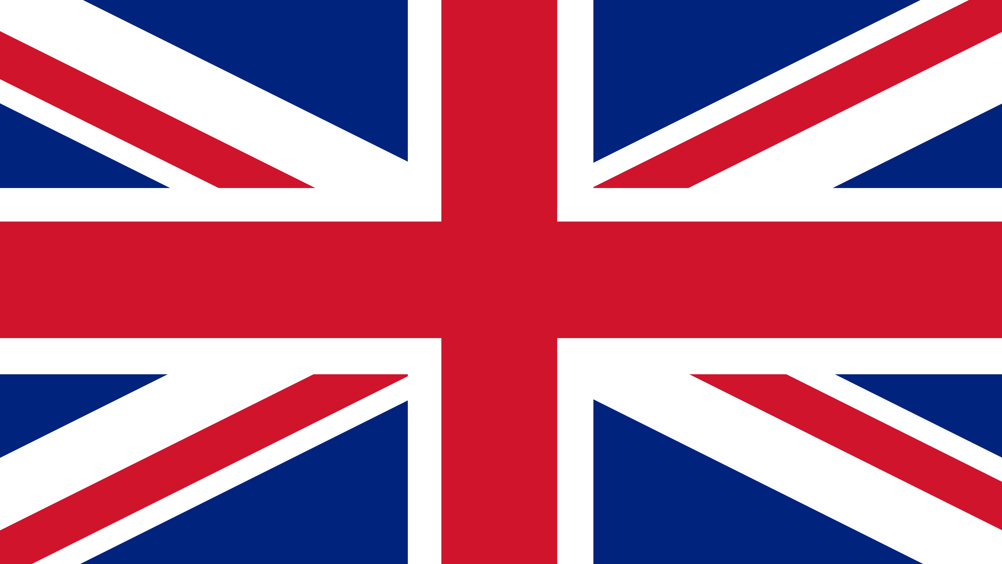References
Lest we forget…

Abstract
The 80th anniversary of Victory in Europe was observed across the UK on 8 May, which marked the formal act of surrender by Germany, ending the war in Europe in 1945. Red, white and blue bunting woven between lamp posts led to the balcony of Buckingham Palace, where the monarch waved at the celebrating crowds and their wafting Union flags, all united in a congratulatory cheer. Street parties, tea gatherings, extended pub hours, community events, celebrity concerts, fairground attractions, festivals, military parades, Royal Air Force flypasts, and various remembrance services and ceremonies all took place as forms of commemorative and celebratory memorialisation.
The 80th anniversary of Victory in Europe was observed across the UK on 8 May, which marked the formal act of surrender by Germany, ending the war in Europe in 1945. Red, white and blue bunting woven between lamp posts led to the balcony of Buckingham Palace, where the monarch waved at the celebrating crowds and their wafting Union flags, all united in a congratulatory cheer. Street parties, tea gatherings, extended pub hours, community events, celebrity concerts, fairground attractions, festivals, military parades, Royal Air Force flypasts, and various remembrance services and ceremonies all took place as forms of commemorative and celebratory memorialisation.
After eight decades, the endur ing collective commemoration of this conflict serves various purposes. Watkins and Bastian (2019) suggest that the continuity of such tributes consistently instil the feelings of pride, respect and appreciation for those who were willing to act and bear sacrifices for their communities.
Register now to continue reading
Thank you for visiting Community Nursing and reading some of our peer-reviewed resources for district and community nurses. To read more, please register today. You’ll enjoy the following great benefits:
What's included
-
Limited access to clinical or professional articles
-
New content and clinical newsletter updates each month

